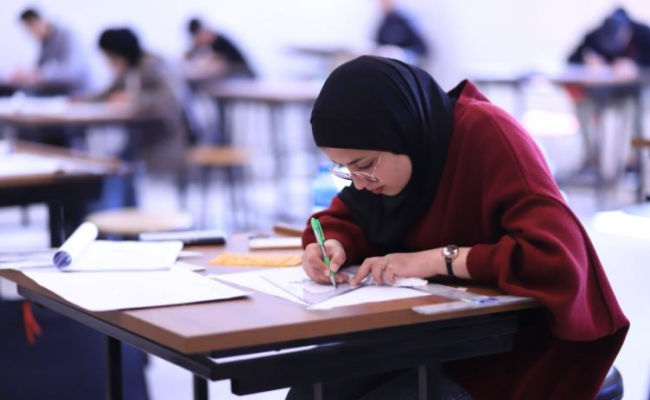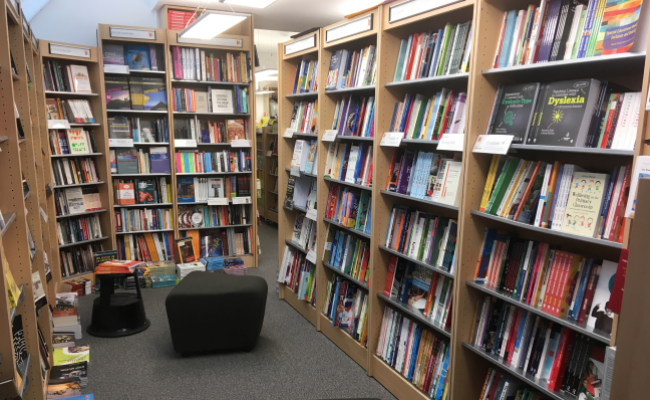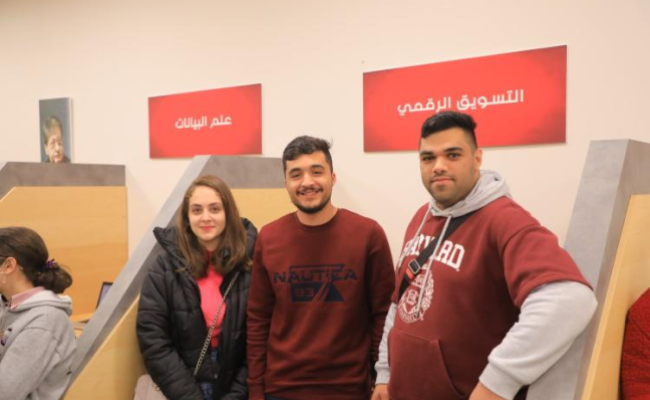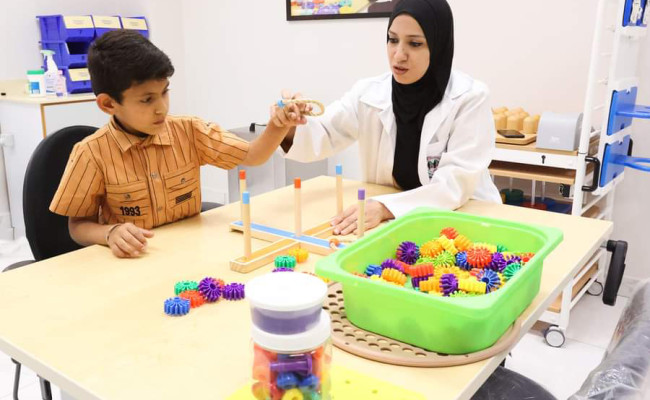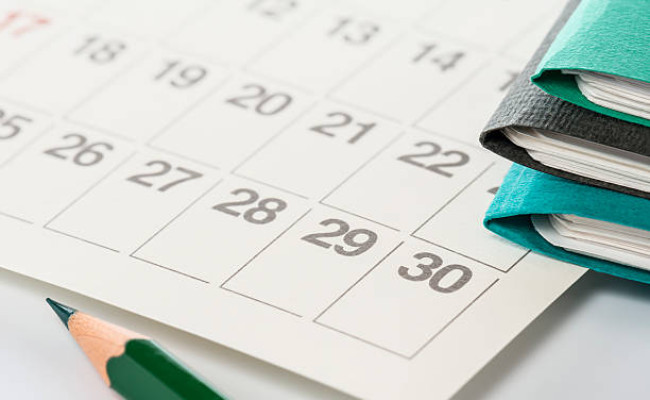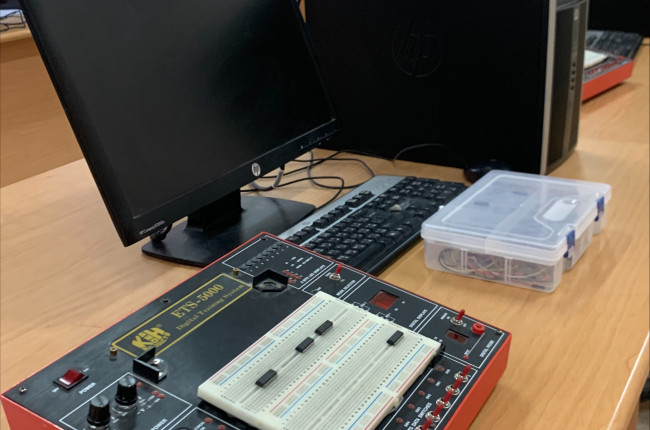The Digital Logic Laboratory is an essential part of the curriculum in the Faculty of Information Technology. This lab aims to provide a practical learning environment for students to understand and design digital systems using logic gates, electronic circuits, and microprocessors.
In this lab:
Students learn the basics of Boolean Algebra.
They explore how to construct and design logic circuits using gates like AND, OR, and NOT.
Theoretical concepts such as encoding, binary counting, and digital systems design are applied.
Students utilize simulation software and measurement devices to enhance their practical design skills
